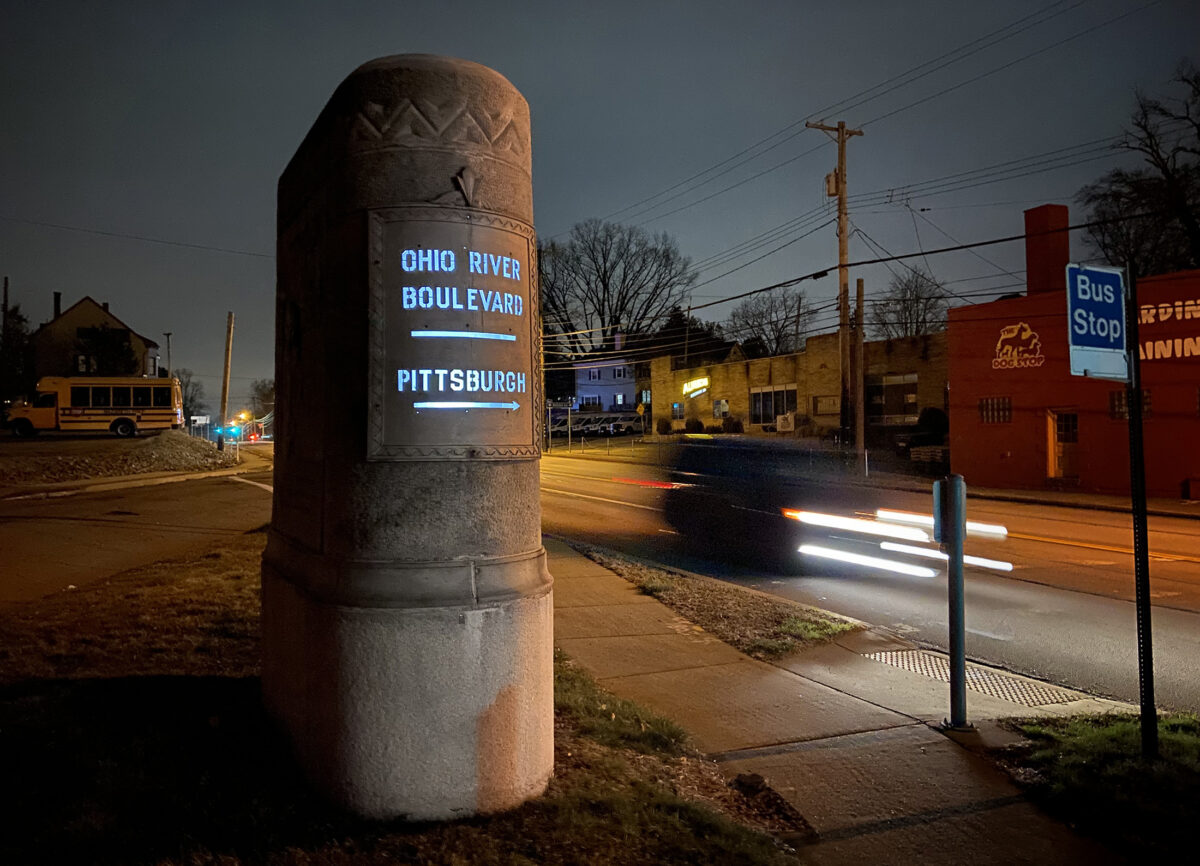The Biden administration’s push to install thousands of charging stations across the country over the next five years to expand the purchase of electric vehicles also is forcing states to look at how they fund road and bridge work.
That’s because all states have a heavy reliance on liquid fuels taxes to pay a high share of their transportation needs, but more fuel-efficient vehicles and the growth of electric or hybrid vehicles has caused those funds to stagnate in recent years, leaving states with insufficient money to keep their roads and bridges in top condition. Many states have no mechanism for electric vehicle owners to pay fees similar to the gas tax, so the sale of each new electric vehicle reduces money for roads and bridges.
President Joe Biden’s $1.2 trillion infrastructure package includes $5 billion for the National Electric Vehicle Infrastructure Formula Program to build 500,000 charging stations across the country with a goal of having at least half of the vehicles sold be electric by 2030. This is expected to boost the electric vehicle industry but also could reduce money collected from gas taxes.
The infrastructure program is a “much-needed down payment” on road and bridge needs, Nick Miller, an analyst with the Electrification Coalition, told the state Senate Transportation Committee during a hearing Thursday at the University of Pittsburgh’s Alumni Hall in Oakland. But he stressed that transportation funding remains “at a crossroads for the future” while states figure out a new funding mechanism.
In Pennsylvania, for example, the Department of Transportation says registrations for electric vehicles in the state have risen from 9,700 in 2019 to 63,000 today. That comes at a time when the department claims it already is about $8.1 billion a year short of the $15 billion it needs annually for roads and bridges, a shortfall that is expected to grow to more than $12 billion by 2030 unless funding changes are made.
Patricia Hernden, executive director of the Eastern Transportation Coalition, said in an interview Friday that the expanded use of electric vehicles shouldn’t be misconstrued as the cause of transportation funding issues. Rather, it’s bringing attention to a long-lingering problem.
The coalition is a group of 17 eastern states that work together on transportation issues.
“I think the electric vehicle issue is putting a spotlight on the problem that is here now,” said Hernden, who also testified at the committee hearing.
She noted that a study by the Virginia Department of Transportation projected that by 2040 there would be a 30% decrease in liquid fuels funds, but only 3% of that decrease would be attributable to electric vehicles. The rest would be from improved efficiency of combustion engines.
It’s important for a new transportation funding system to be developed as soon as possible, before states fall further behind in funding, George Dougherty, director of the public policy and management program at Pitt’s Graduate School of Public and International Affairs, told the committee.
“Not taking care of our maintenance needs now will make it more expensive in the future,” he said. The Biden program helps, he said, but because it didn’t address the reliance on the gas tax it didn’t address the continuing problem.
Any revised funding program will have to include fees for electric vehicles, Dougherty said, but he and others stressed that those fees alone will not solve the problem. Charging electrical vehicle owners a fee of 3 cents per mile driven with a cap of $380 annually, as proposed by committee Chairman Sen. Wayne Langerholc Jr., R-Johnstown, would only raise $18 million to $24 million a year.
A likely possibility is changing to a system charging all drivers for each mile driven, but that system has to overcome concerns among some drivers that it also would allow the government to track where they travel. Dougherty, considered an expert on taxation, said any kind of tax program should meet these five goals:
- Show fairness as far as how much is charged and who must pay.
- Produce enough money to meet short- and long-term goals.
- Be as simple as possible to pay.
- Be transparent by showing who is paying and how the money is being used.
- Be easy and inexpensive to collect.
Dougherty said fees could be different for different groups, noting that studies in numerous states have shown that light-weight vehicles pay proportionately more than heavy vehicles. He encouraged officials to include automatic inflation adjustments into any future transportation funding system.
Three states, Oregon, Utah and Virginia, have voluntary programs where drivers pay fees based on miles driven, and the federal infrastructure bill includes funds for a national pilot. Pennsylvania doesn’t have anything in place, but in addition to the Langerholc proposal there is a bill in the state House that would charge hybrid owners 2.5 cents a mile or a maximum of $214 annually and full electric vehicles 3.1 cents or $265 maximum.
Although the public always is skeptical of tax programs, Hernden said she is convinced that motorists would be willing to pay what is essentially a users fee if it is presented properly. For evidence, she points to Virginia, where the state offered a pilot program in July for drivers to pay a set mileage fee if they drove fewer than the state average of 11,600 miles. It expected 1,000 participants but got more than 12,000 volunteers.
“It was a balanced piece of legislation, and it just made sense to people to pay for what they use,” she said. “The crisis is we have a lot of work to do with our customers to show them the needs. If we can get there, we won’t have to balance our budgets every year from crisis to crisis.”
Any funding change should be made on a regional or national basis rather than state by state, Hernden said, to keep things as simple as possible. She also noted the trucking industry already has a model through the International Fuel Tax Agreement, where truckers pay fuel taxes based on where they drive.
The changes won’t happen overnight.
“It will involve taking baby steps, but there are examples to follow,” she said. “It will happen over time.”
In Pennsylvania, Langerholc said he expects to introduce formal legislation on a fee for electric vehicles over the summer. He said he has talked briefly with new Gov. Josh Shapiro, who he described as “amenable to something.”
Completely changing the funding system is a longer-term situation, he said.
Ed covers transportation at the Pittsburgh Post-Gazette, but he's currently on strike. Email him at eblazina@unionprogress.com.



